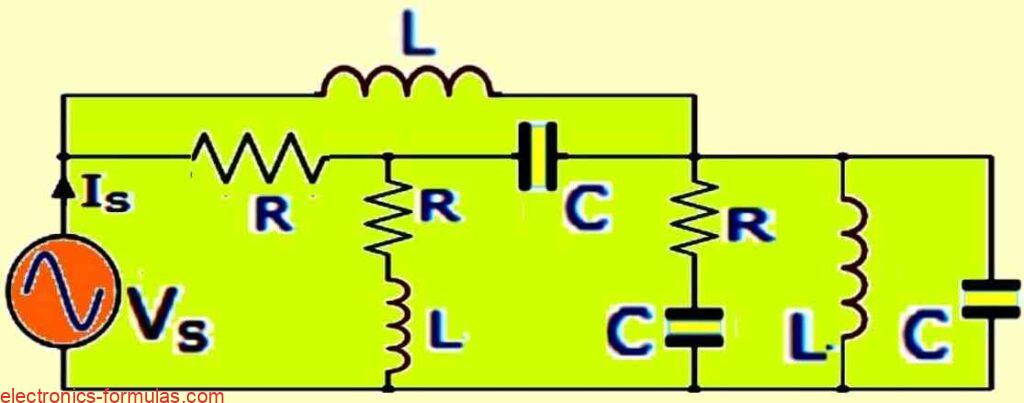Circuits that consist of voltage dividers allow many voltage levels to be generated from a single voltage source. This source may be a voltage of +5V, +12V, -5V, or -12V, or it may be a negative voltage with respect to ground (0V). A dual supply, consisting of positive and negative voltages such as ±5V or […]
Circuits
Quantities and Units in Electrical Circuits
Electrical quantities are expressed using the conventional electrical units (volt, ampere, ohm) and their prefixes. Prefixes are used when the amounts being measured are too big or small to be represented in a suitable way using only the basic units. Fundamental Electrical Units: The standard electrical units for voltage, current, and resistance are the volt […]
Calculating Ohm’s Law and Power in Circuits
The way in which voltage (V), current (I), and resistance (R) interact in any DC circuit was first explained by German physicist Georg Ohm. In the field of electricity, German physicist Georg Ohm discovered a key principle, he found that at a consistent temperature, the flow of electric current through a fixed, unchanging resistance is […]
Understanding How Electricity Flows in DC Circuits
As we all know electrical circuits consist of interconnected electrical elements. Current is measured in amperes (A), represents the flow of electric charge around a closed loop. This flow is driven by a potential difference (electromotive force, EMF) measured in volts (V). We know that, all materials are composed of atoms, however these atoms also […]
Calculating Power in AC Circuits
Resistors in AC circuits are the only components that truly consume power (as heat), unlike reactances (capacitors and inductors) which just store and release it. Resistors convert electrical energy into heat (they dissipate energy), but inductors and capacitors store and release energy throughout the AC cycle, meaning they don’t actually consume power overall. In contrast […]
Calculating Passive Components in AC Circuits
Passive components control or limit electrical signals, but can’t amplify them. Meaning, they can affect the signal in various ways, but not boost its power. In an electrical circuit we connect various parts to create a closed loop where electricity can flow. Three key parts that are involved are resistors, capacitors, and inductors. These are all […]




